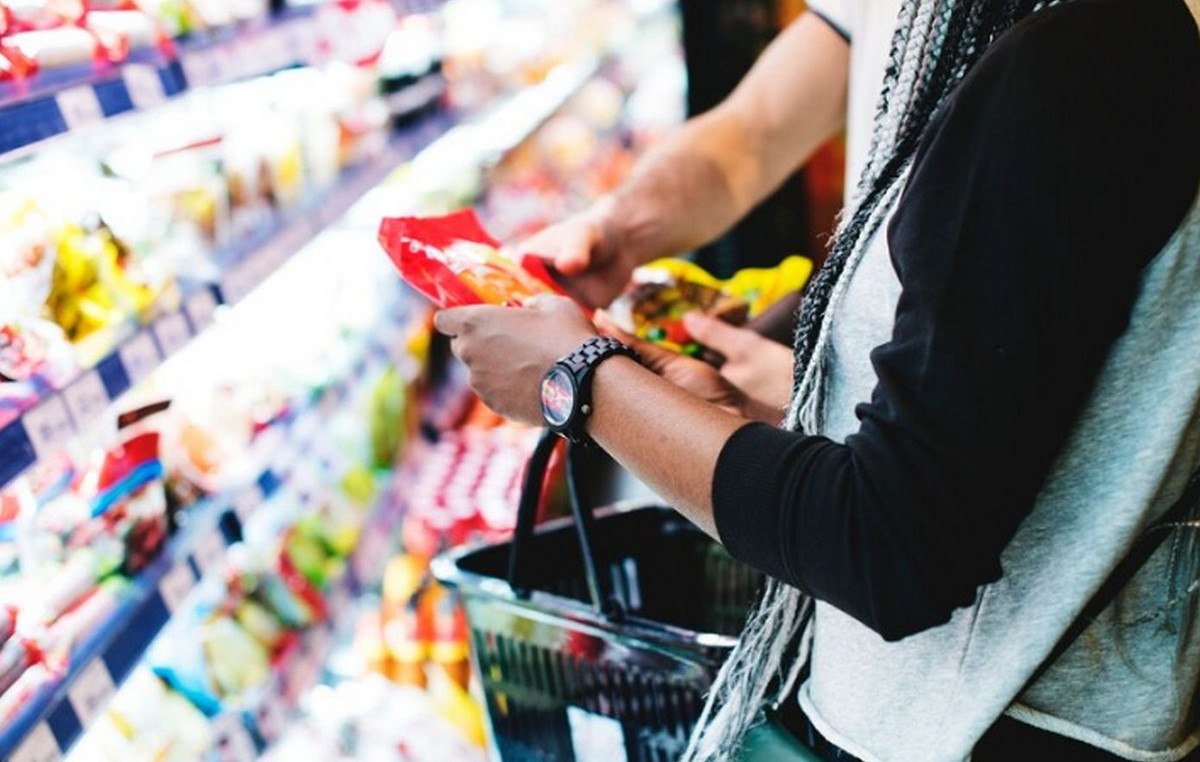Supermarket shelves across the United States are and remain empty as stores struggle to quickly restock everyday necessities such as milk, bread, meat, canned soups and cleaning products.
Consumers have vented their frustration on social media in recent days, posting pictures to Twitter of empty shelves at Trader Joe, Giant Foods and Publix stores, among others.
After facing two years of pandemic and supply chain problems, supermarkets are still not getting the rest they expected. Now, they face a series of other setbacks.
Or devastating blow from Omicron
As the highly contagious variant of Covid-19 continues to sicken workers, a workforce shortage in critical functions such as transportation and logistics is intensifying. The crisis in the sectors, in turn, affects the delivery of products and the replenishment of shelves across the country.
Albertsons supermarket company CEO Vivek Sankaran acknowledged that the products are in short supply during the company’s earnings call with analysts last Tuesday.
“I think as a business we’ve all learned to manage it. We’ve all learned to make sure stores are still very presentable and to give consumers as much choice as possible,” Sankaran said during the conference call.
Even so, he added, Omicron hinders efforts to improve supply chain gaps. “We expect more supply challenges in the coming weeks,” Sankaran said.
Grocery stores are operating with less than the normal workforce, according to the National Grocers Association, and many of their members have less than 50% of the normal workforce.
“While there is an abundance of food in the supply chain, we anticipate that consumers will continue to experience sporadic disruptions in certain product categories, as we have seen over the last year, due to ongoing supply challenges and labor issues,” said Greg Ferrara, president of Association.
Labor shortages continue to put pressure on all areas of the food industry, said Phil Lempert, industry analyst and editor of the website. SuperMarketGuru.
“From farms and food manufacturers to grocery stores, shortages are widespread,” Lempert said. “During the pandemic, these operations had to implement social distancing protocols that they were not prepared for and that affected production.”
As the pandemic continues, many food industry workers are choosing not to return to their low-wage jobs.
Transportation problems
The ongoing shortage of truck drivers continues to slow down the supply chain and the ability of supermarkets to quickly replenish their shelves.
“The trucking industry has an aging workforce that is in short supply,” Lempert said. “It was really a problem the last few years.”
In addition to widespread domestic transport problems, the record level of congestion at the country’s ports also hampers distribution. “Both challenges are working together to create scarcity,” he said.
Climate problems
At Trader Joe’s, shoppers over the weekend saw messages pinned to empty shelves blaming weather crises for delays in deliveries.
Much of the Midwest and Northeast of the US has recently faced severe weather and displacement conditions. Not only are people stocking up on more groceries, but the level of high demand, coupled with transportation challenges, is making it difficult to transport goods in adverse weather conditions, resulting in more shortages, Lempert said.
Not to mention climate change, which is a serious and long-term threat to food supplies. “Fires and droughts are hurting crops like wheat, corn and soybeans in the United States and coffee in Brazil,” he said. “We cannot ignore them.”
Pandemic has changed our eating habits
Many have switched to cooking and eating at home during the pandemic, which is also contributing to a shortage of grocery supplies, Lempert said.
“We don’t want to keep eating the same thing and we are trying to vary the homemade food. By doing so, we are buying even more food products,” he said. Scarcity has also made buying food more and more expensive through 2022.
Supermarkets are certainly aware of empty shelves, Lempert said, and are trying to mitigate panic buying, which only makes the situation worse.
A strategy: Promote the products. They are doing this by releasing limited varieties and limited quantities of each product in an attempt to avoid backlog and increase their supplies between deliveries.
“Pre-pandemic, you may have seen five different varieties of milk in the front row and 10 boxes deep. Now it will be five rows wide and maybe two rows deep,” Lempert said.
This content was originally created in English.
original version
Reference: CNN Brasil
I am Sophia william, author of World Stock Market. I have a degree in journalism from the University of Missouri and I have worked as a reporter for several news websites. I have a passion for writing and informing people about the latest news and events happening in the world. I strive to be accurate and unbiased in my reporting, and I hope to provide readers with valuable information that they can use to make informed decisions.







